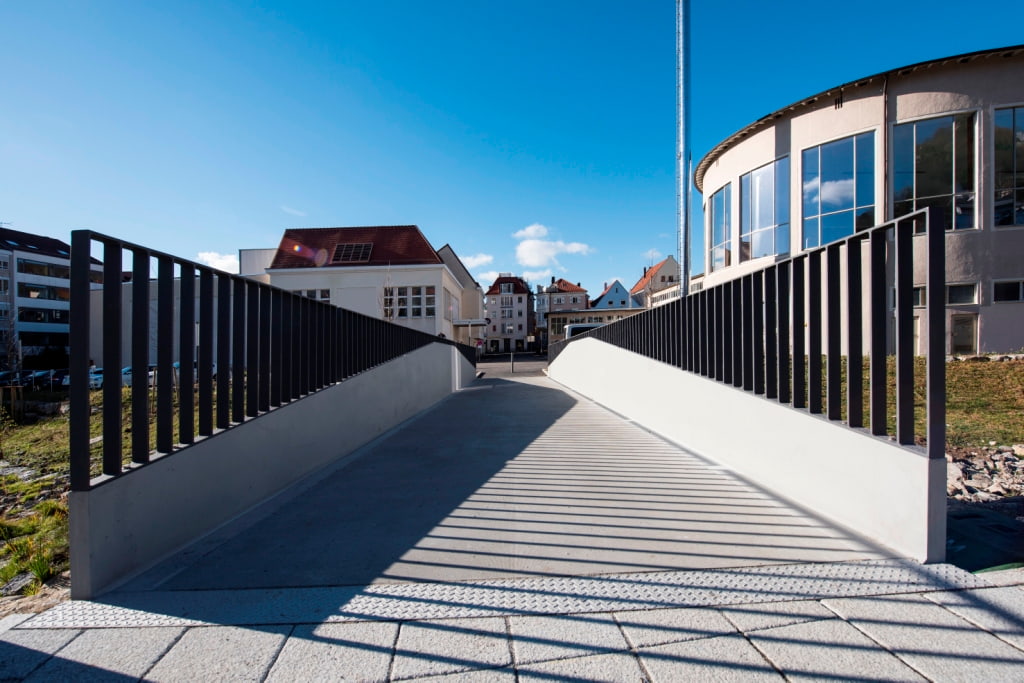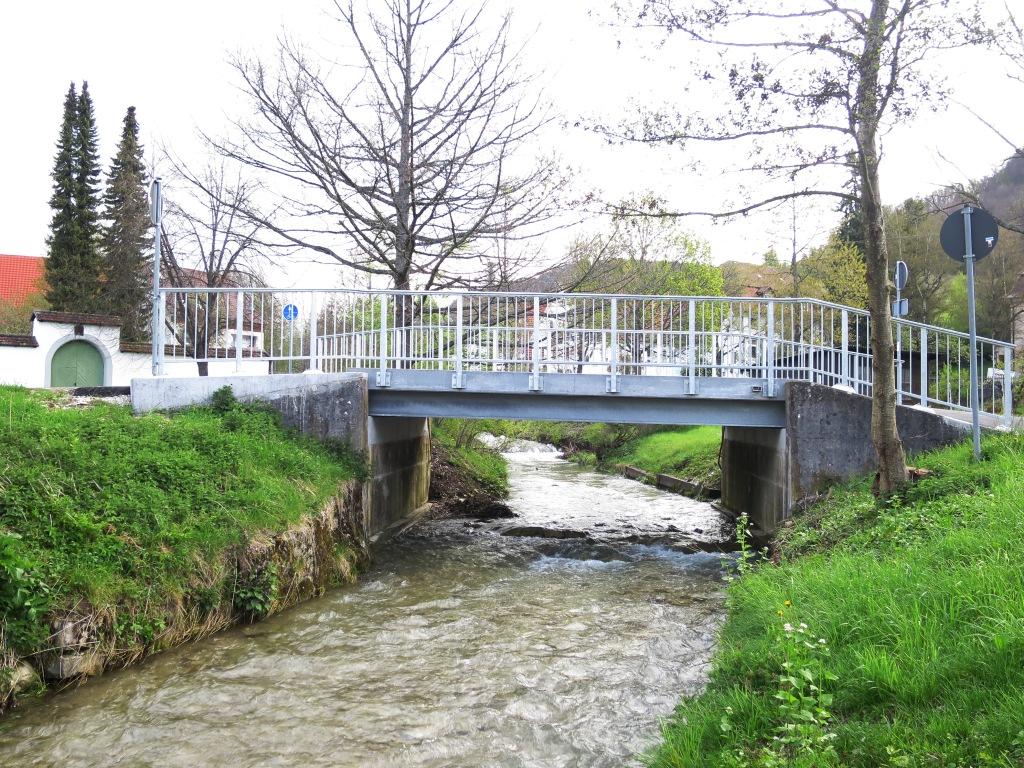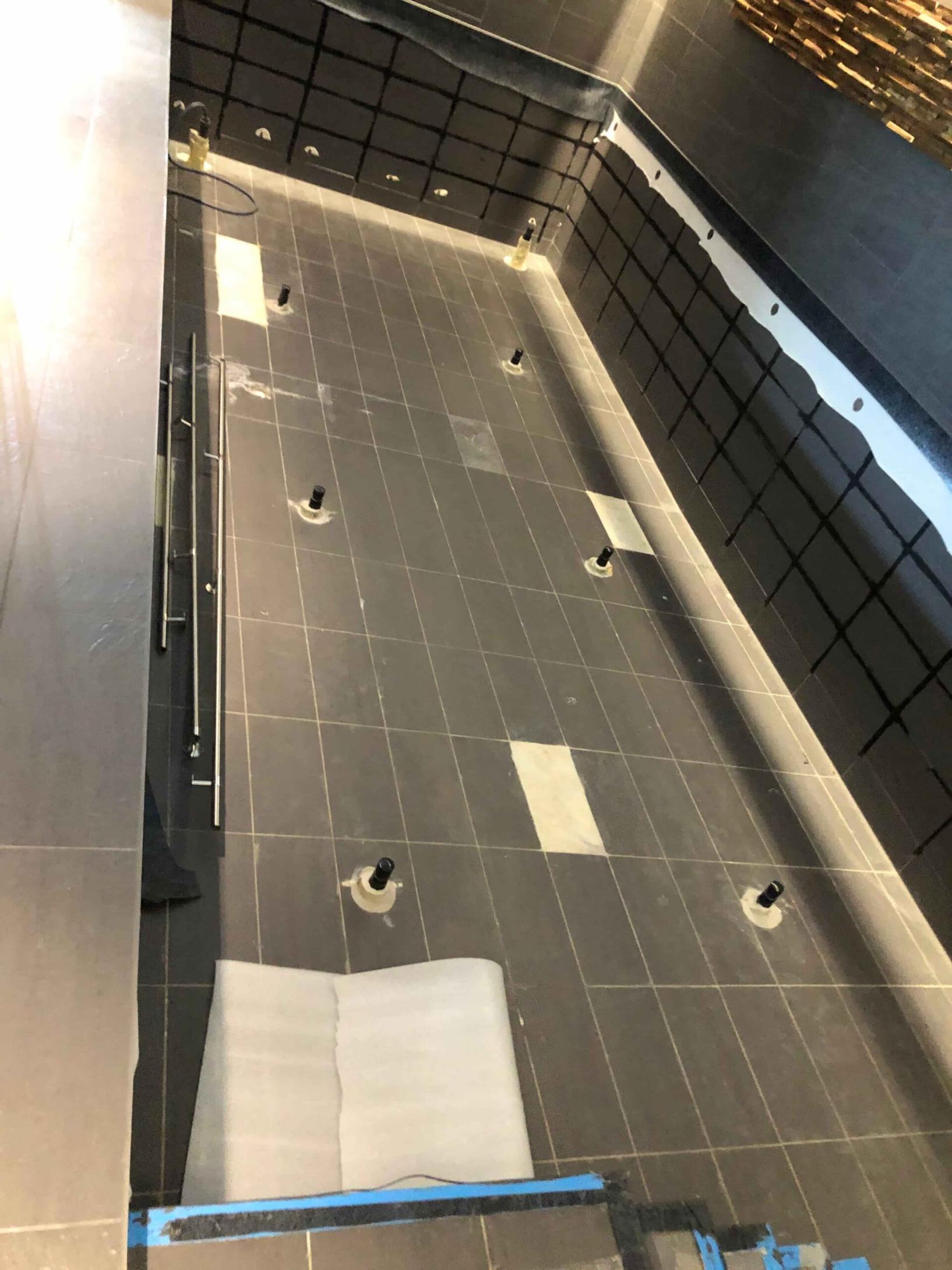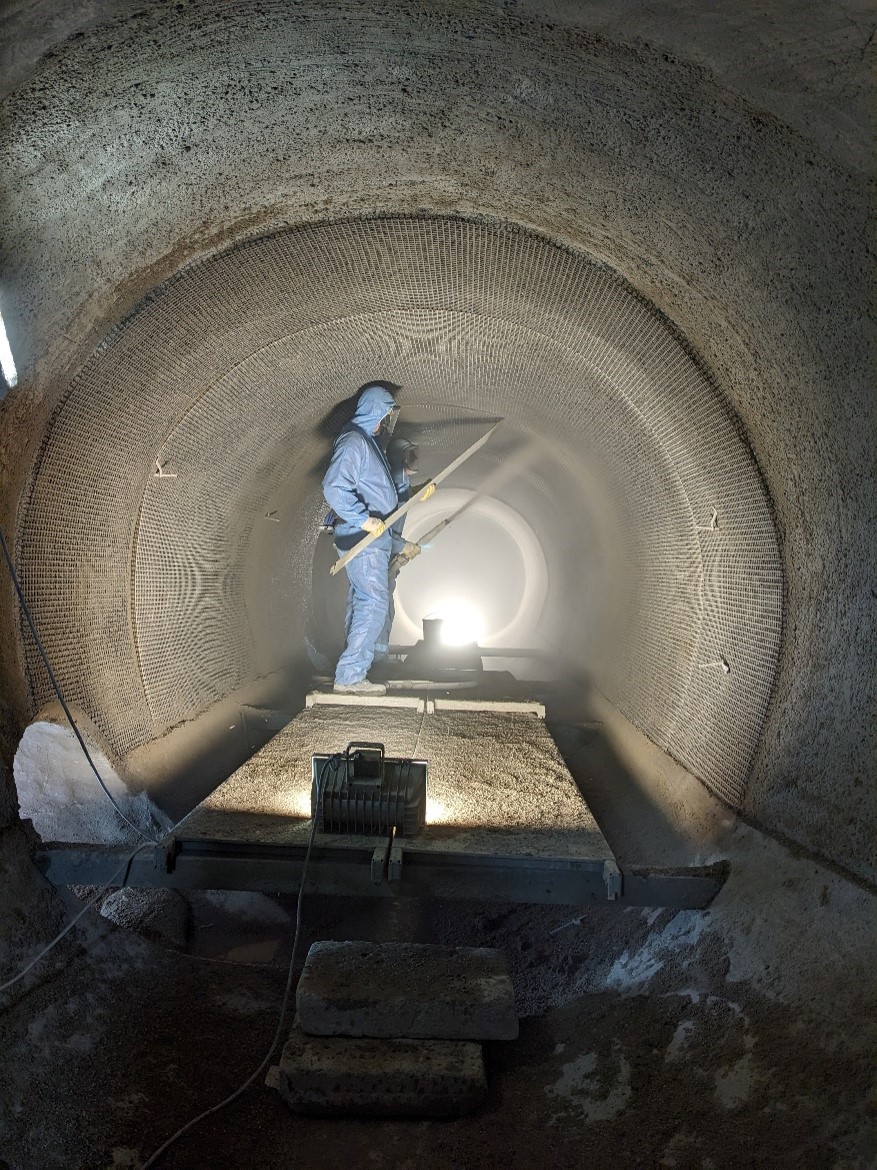
ANTICRACK
Minime larghezze di fessura.
A tenuta stagna.
solidian ANTICRACK combina molti vantaggi rispetto alla costruzione convenzionale con calcestruzzo armato. Il vantaggio più grande del nostro rinforzo anti-crepa per calcestruzzo è il materiale non corrosivo con un comportamento di legame superiore, il che si traduce in molti vantaggi per il futuro dell'edilizia con calcestruzzo.
Product Features
- Superficie levigata per un comportamento di legame superiore
- Maggiore resistenza alla trazione rispetto all'acciaio strutturale
- Molto più leggero e sottile dell'acciaio
- Materiale sostenibile poiché il consumo di acqua, sabbia e cemento è significativamente inferiore
- Componenti più sottili e sicuri e quindi minor utilizzo di materie prime e trasporto economico
- Nessuna corrosione
- Minore larghezza delle crepe e quindi costi di riparazione molto più bassi
rinforzi per le generazioni future
Reference project
Product Applications
Rinforzi piatti e leggeri come il solidian ANTICRACK possono essere utilizzati ovunque ci siano requisiti per un ambiente non corrosivo, in particolare con requisiti di limitazione delle larghezze delle crepe, distribuzione ottimale delle crepe e brevi lunghezze di ancoraggio, ad esempio
- Restauro, parcheggi, pavimenti industriali
- Strutture idrauliche
- Piastrellatura e impermeabilizzazione: piscine, scantinati
- Strati di protezione, dove strati di calcestruzzo vengono applicati su un calcestruzzo armato in acciaio sotterraneo per proteggere il sottosuolo
- Misure di rinforzo per il restauro (ad esempio, rottura della piastra inferiore a causa di carico eccessivo)
- Costruzioni marine, terremoti, costruzioni di ponti, strutture che necessitano di piccole larghezze delle crepe
- Product & Technical Compatibility
- Process Efficiency & Performance
- Use Cases & Application Support
- Which composite manufacturing processes are your reinforcements compatible with?
- Are they compatible with automated production environments?
- How do your reinforcements help improve production efficiency?
- Can your reinforcements be adapted to our production setup?
- Can you help us choose the right reinforcement for our project?
- Are your products suitable for visually demanding applications?
- In which industries are your glass fiber reinforcements commonly used?
domande frequenti domande
Our products are suitable for pultrusion, RTM, vacuum infusion, filament winding, and other continuous or closed-mold processes.
Yes. kelteks FreeMat and other glass reinforcements are optimized for high-speed production, offering clean handling and consistent quality across long production runs.
Our products ensure fast resin flow, excellent fiber wetting, and consistent fiber placement, leading to shorter cycle times and reduced scrap rates.
Yes. We can customize roll widths, formats, surface weights, and roll lengths to meet the specific needs of your process or equipment.
Our team provides technical guidance and product samples to help you test and select the best solution for your application.
Yes. Thin reinforcement layers like kelteks FreeMat become nearly invisible after resin infusion, making them ideal for transparent or aesthetic surfaces such as toboggans, water slides, and decorative panels. Check the product gallery here.
Our reinforcements are used in industrial equipment, construction components, transportation, electrical infrastructure, and marine applications. A key segment is the recreational industry, especially waterparks, where materials must be durable, non-corrosive, and visually appealing.






